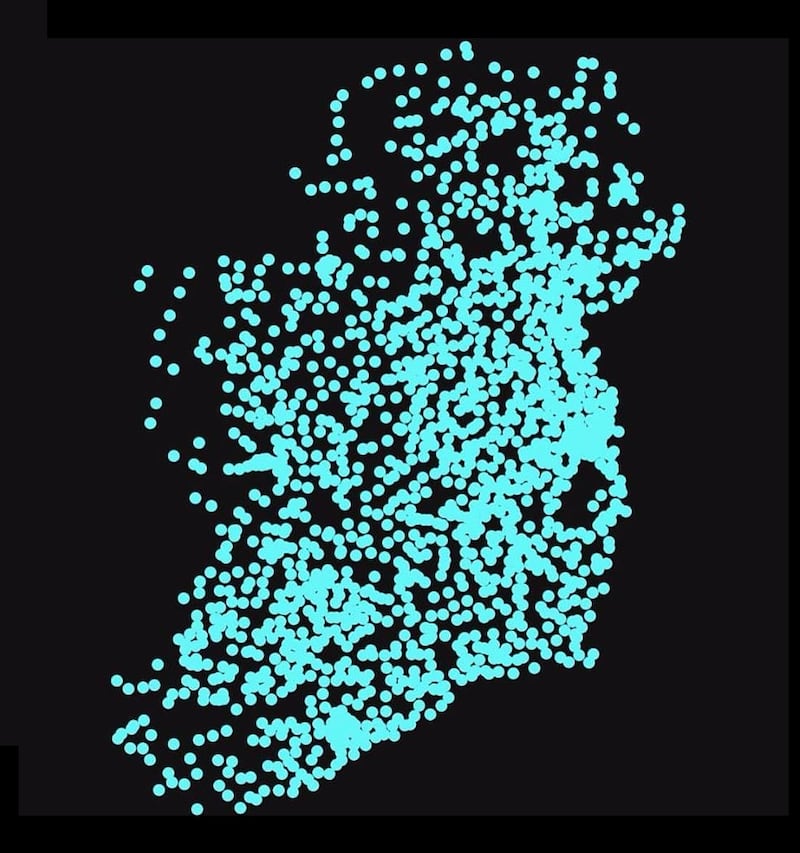Is there an organisation anywhere comparable to the GAA? Run almost totally on a voluntary basis, it reaches into practically every community on the island of Ireland and with a success no other institution does.
It is the only one of those three great pillars of nationalist Ireland - itself, the Catholic Church and Fianna Fáil - to continue thriving uninhibited at home and abroad as the third decade of the 21st century beckons.
The Sky Sports deal allowing, that should continue.
So extensive is its network of clubs that if, for some reason it was not possible to draw a map of the island, a line linking clubs along Ireland’s coast would be sufficient to do so.

Attendances at its championship matches between May and September last year totalled 1,384,996. They ranged from the 210 who attended the Leinster senior hurling qualifier between Carlow and Westmeath at Dr Cullen Park in Carlow on May 22nd 2016 to the 82, 257 who attended the All-Ireland senior football final replay between Dublin and Mayo on October 1st.
That was eight more than the 82,249 who attended the final on September 18th. Those figures do not include attendances at National Football League fixtures, at club games, women's football or camogie fixtures.
A huge source of the GAA's strength is attachment and loyalty to the local club, of which there are over 2,200 in all 32 counties of Ireland. There are a further 462 clubs abroad, "wherever green is worn", - 83 in the UK; 71 throughout Europe; 132 in the US; 19 in Canada; 64 in Australia; and, 22 in the Middle and Far East.
The latest testimony to the confidence and strength of the Association was completion of an €80 million redevelopment at Páirc Uí Chaoimh in Cork where the All-Ireland hurling quarter-finals were staged on Saturday and Sunday last.
The centrality of so many clubs to life in small town/rural Ireland is not lost on the GAA either, for whom they are a critical strand in its success. In his report to the GAA’s annual congress last February, general secretary Paraic Duffy was clear. “Anyone who travels around Ireland observes these signs of rural decline,” he said.
The consequences for the GAA were “serious and are already having a very negative impact on rural clubs all over the country, but particularly on clubs in counties along the west coast,” he said.
And, while tackling rural decline “must be a priority for Government”, a starting point for all was “to challenge the accepted truth that this decline is inevitable and irreversible.”
What the GAA must do is “lend our voice to those of other organisations that are advocating the implementation of a clear national policy on rural Ireland,” he said.” It is “time for urgent and effective action.”












